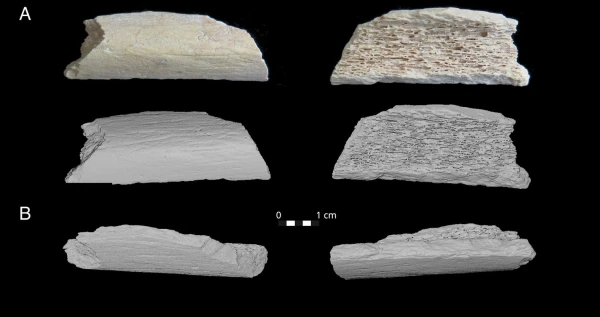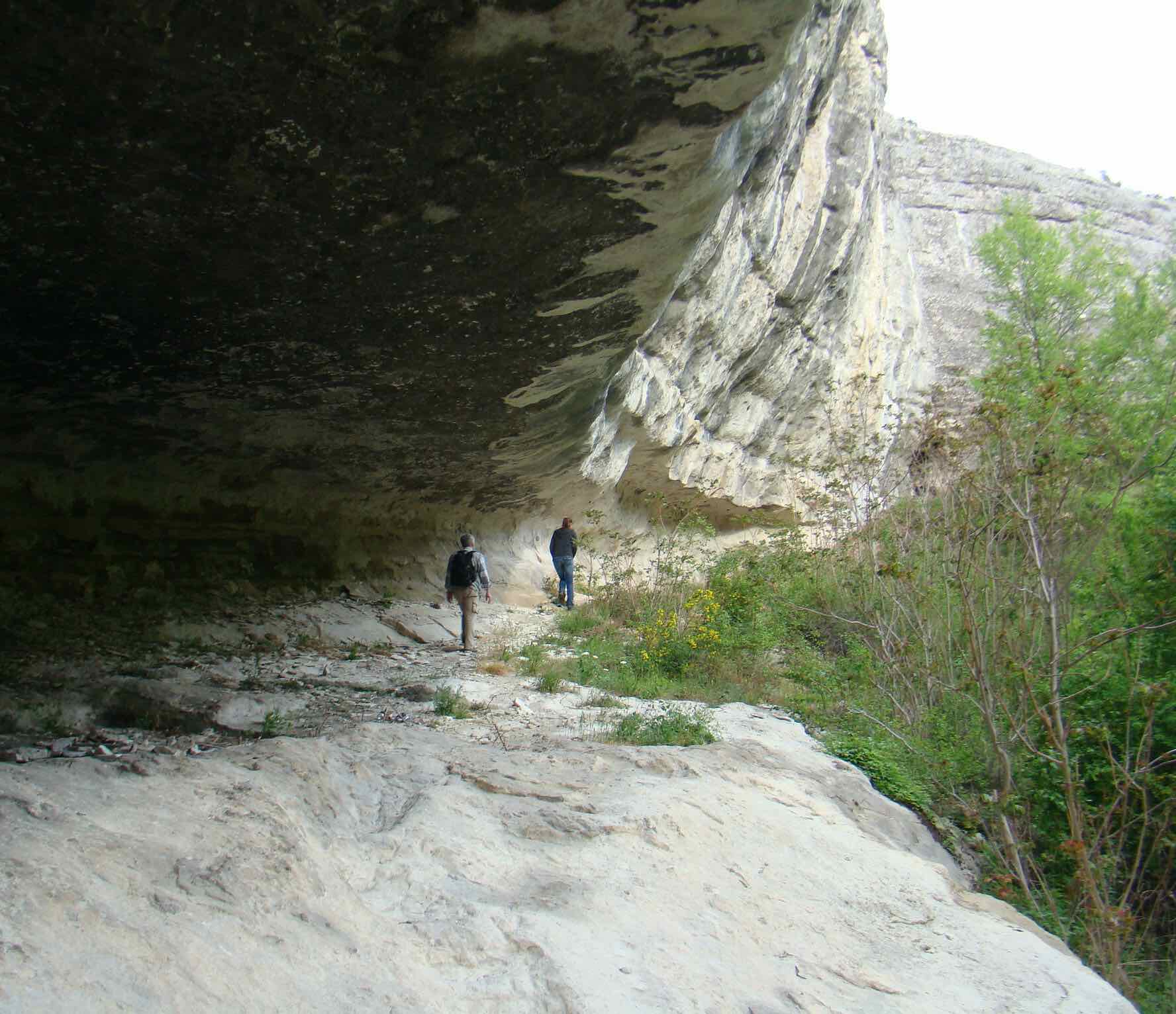
Researchers applied a new approach to study materials from the mysterious cave.
The Paleolithic era refers to the period when Neanderthals gradually disappeared and were replaced by Homo sapiens across Eurasia. Scientists have long been trying to reconstruct the migration patterns of Neanderthals from Europe to Asia, but reliable data is lacking. One of the key points along this route is considered to be the Crimean Peninsula, which is home to numerous ancient human sites.
The main problem in research in this area is the rarity and poor preservation of human remains. Most of the bones found by archaeologists are shattered into small pieces. Identifying the species from these remains, let alone determining if they belong to a human, is almost impossible. For this reason, no Neanderthal remains suitable for genetic analysis have yet been found in Crimea.
Researchers applied a new approach to study materials from the Staroselye cave in Crimea.

They analyzed one and a half hundred unidentifiable bone fragments using mass spectrometry, also known as ZooMS. This method allows for species identification based on collagen proteins preserved in the bone. The results were published in the Proceedings of the National Academy of Sciences (USA).
Among thousands of shards, one fragment about five centimeters long turned out to be the remains of a hominid. The bone, named Star 1, was processed to extract ancient DNA and dated using radiocarbon methods. Its age was determined to be between 45,000 and 46,000 years. Analysis of the remaining 93% of the fragments showed that they primarily belonged to horses. This indicates that the inhabitants of the site mainly hunted them.
Sequencing of the mitochondrial DNA confirmed that the owner of the bone Star 1 was a Neanderthal. Genetically, he was found to be most closely related to five other Neanderthals whose remains were previously discovered in Altai, at the Denisova, Chagirskaya, and Okladnikov sites. The distance between Crimea and Altai is about three thousand kilometers.
These findings were supported by other data. Stone tools of the so-called Mikok industry found in Staroselye are very similar to those used by Neanderthals in Altai. Additionally, the authors of the scientific paper modeled the climate of the past and determined a possible migration corridor. It turned out that during warming periods, favorable conditions for movement between Eastern Europe and Southern Siberia emerged along the 55th parallel north.
The discovered bone fragment Star 1 became the first direct evidence of a connection between Neanderthal populations in Crimea and Altai. This finding confirms that groups of ancient people were not isolated from each other but maintained cultural and genetic contacts over vast distances, undertaking long migrations across Eurasia.
<iframe width="560" height="315" src="https://www.youtube.com/embed/LOmrYvOGT10?si=yKNKHSsYYw9fSIpM" title="YouTube video player" frameborder="0" allow="accelerometer; autoplay; clipboard-write; encrypted-media; gyroscope; picture-in-picture; web-share" referrerpolicy="strict-origin-when-cross-origin" allowfullscreen></iframe>











